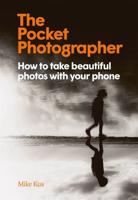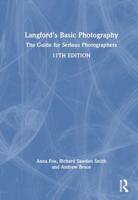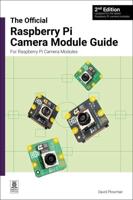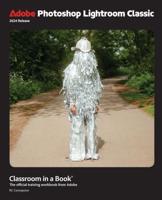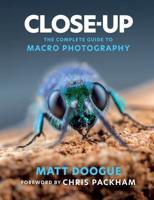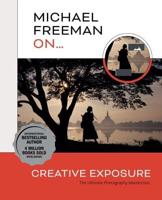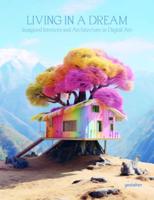Publisher's Synopsis
As a high-performance compact digital camera the Coolpix P7700 allows users to enjoy full-scale photography similar to that possible with a digital-SLR camera. This latest flagship model in the Coolpix series features a large 1/1.7-in. Backside illumination 12MP CMOS sensor, a bright and fast Nikkor lens that supports 7.1x optical zoom and a fully articulated screen. Jon Sparks offers professional advice, hints and tips, on how to get the best from this lightweight, yet durable, magnesium-alloy framed compact. Although the lens, which offers an equivalent of 28-200mm in 35-mm format terms, is capable of going down to f/2.0 at the widest angle, rising to f/4.0 at the top end may not compare particularly well to some other premium compacts recently released on the market it has a longer zoom capability than most, so it offers greater flexibility in that respect. Offering smooth operation and a simple design with intuitive positioning of operational dials and buttons the Coolpix P7700 gives the user the ability to shoot in RAW format, while full manual control is also available, as well as semi-automatic modes. It also supports macro photography from as close as two centimeters, as well as telephoto shooting. The bright, ultra high-resolution 3in. LCD monitor has a wide viewing angle that can be rotated to allow more convenient viewing when shooting from difficult angles. The 12.2MP backside illumination CMOS sensor enables better image quality at high sensitivities, and high-speed continuous shooting at approximately 8 frames per second. The combination of fast-speed sensor with its full-HD 1080p video the Coolpix P7700 user can also enjoy superior picture quality movies as it is equipped with movie custom setting mode and allows manually specified shutter speed, aperture, and ISO sensitivity to achieve desired results. The built-in stereo microphone captures clear, natural audio-it even includes wind-noise reduction. A variety of ten special effects can also be applied to both still images or movies, including Cross Process, Zoom Exposure, and Defocus During Exposure.


